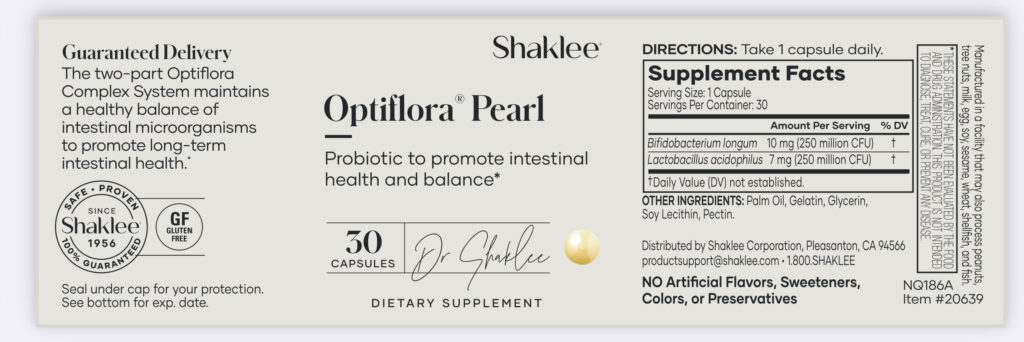Yes, certain probiotics are more effective at restoring gut health depending on the type of antibiotic taken. Different antibiotics wipe out different bacterial strains, so choosing the right probiotic can help replenish what was lost. Here are some general guidelines:
- Broad-spectrum antibiotics (e.g., amoxicillin, ciprofloxacin) – Look for probiotics containing Lactobacillus and Bifidobacterium species, which help restore gut flora balance.
- Clindamycin – This antibiotic is notorious for causing Clostridioides difficile (C. diff) infections. Saccharomyces boulardii has been shown to help prevent C. diff overgrowth.
- Tetracyclines (e.g., doxycycline, minocycline) – These affect both gut and vaginal flora, so a combination of Lactobacillus and Bifidobacterium can help, along with Saccharomyces boulardii.
- Penicillins (e.g., amoxicillin, ampicillin) – These can lead to yeast overgrowth, so Lactobacillus rhamnosus and Saccharomyces boulardii may be beneficial.
- Fluoroquinolones (e.g., ciprofloxacin, levofloxacin) – These can disrupt gut microbiota significantly, so multi-strain probiotics with Lactobacillus and Bifidobacterium are recommended.
Taking probiotics during and after antibiotics can help reduce side effects like diarrhea and bloating. It’s also best to take probiotics a few hours apart from antibiotics to maximize their effectiveness.


Shaklee’s Optiflora DI and Optiflora Pearl contain different probiotic strains, so they may have different effects when restoring gut balance after antibiotics.
Optiflora DI
- Contains Lactobacillus and Bifidobacterium strains, which help replenish beneficial bacteria after broad-spectrum antibiotics.
- Supports digestive and immune health.
- Good for general gut recovery, particularly after penicillins, fluoroquinolones, or tetracyclines.
Optiflora Pearl
- Contains Bifidobacterium longum and Lactobacillus acidophilus, plus a prebiotic to support their growth.
- Designed for long-term gut health and daily maintenance.
- May help after antibiotic use but isn’t as targeted as Optiflora DI for repopulating gut flora.
If you’re recovering from antibiotics, Optiflora DI would likely be the better choice because it offers a broader spectrum of strains. However, neither contains Saccharomyces boulardii, which is particularly helpful for preventing antibiotic-associated diarrhea (especially from C. diff). If that’s a concern, you might want to add a separate supplement with S. boulardii alongside your Shaklee probiotics.
Leave a Reply